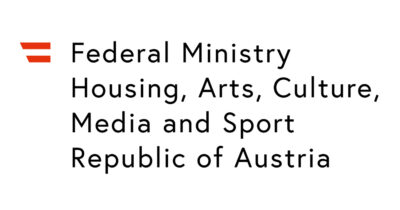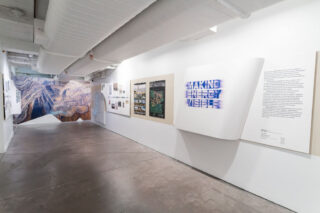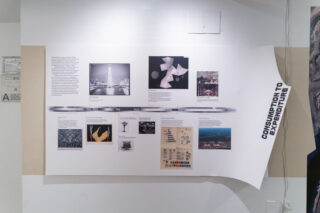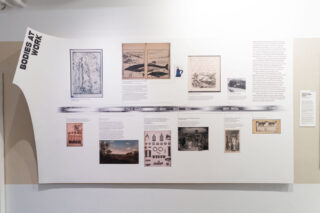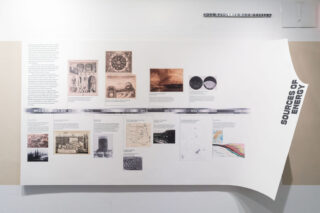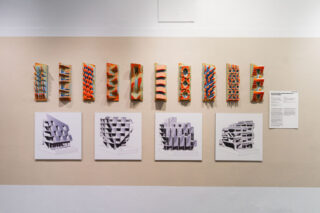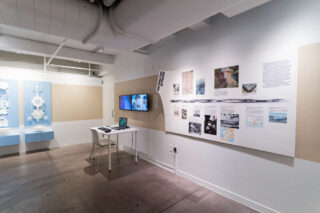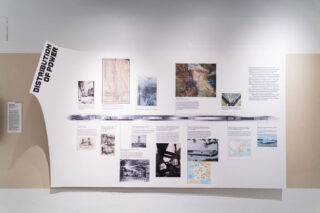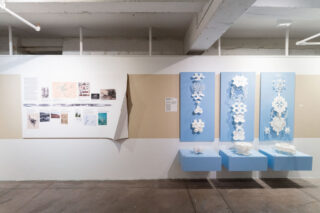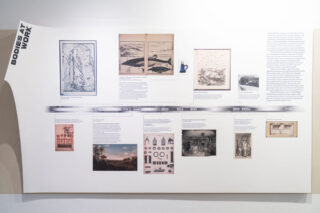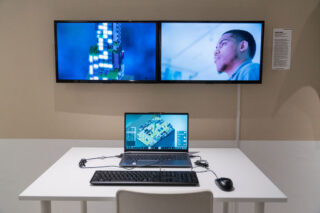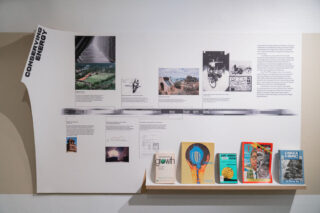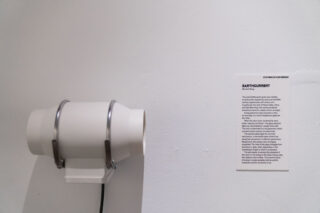Energy drives modern life. We encounter its effects—light, warmth, motion—yet the infrastructures, landscapes and costs that sustain them remain mostly unseen. In a time of the climate crisis, it is urgent to rethink energy not only as a technical problem, but as a cultural, political, and spatial one.
Architecture and design can play a central role in thinking about energy today. While these fields can contribute to the decarbonization of building systems and the adoption of new technologies, they can also expand how energy is imagined: beyond quick fixes, toward visibility, legibility and new forms of collective value.
Making Energy Visible gathers interpretations, representations, and visualizations of energy in architecture. The exhibition unfolds in six parts—Bodies at Work, Sources of Energy, Conserving Energy, Systems of Conversion, Distribution of Power, and Consumption to Expenditure—each presented through a timeline of architectural, infrastructural, and environmental projects. Alongside these timelines, invited artists and practitioners explore how architecture today can make energy perceptible, debatable, and public.
By gathering historical trajectories and contemporary works, Making Energy Visible suggests that energy is not only a matter of physics and policy, but also of culture, imagination, and form. Architects and designers cannot invent new fuels, but they can shape how we understand them, how we live with them, and how we envision their futures.
Curator: Tülay Atak
Graphic Designer: Annija Ceska
Exhibition Designer: Clouds Architecture Office
-
Supported by:
Making Energy Visible is supported by a grant from the Graham Foundation for Advanced Studies in the Fine Arts
-
Making Energy Visible is made possible by the New York State Council on the Arts with the support of the Office of Governor and the New York State Legislature.
-
Making Energy Visible is made possible in part by public funds from the New York City Department of Cultural Affairs in partnership with the City Council.
-
This exhibition is also supported by the Pratt Institute School of Architecture.
-
The exhibition is in part supported by Federal Ministry of Housing, Arts, Culture, Media and Sport, Republic of Austria.
Energy drives modern life. We encounter its effects—light, warmth, motion—yet the infrastructures, landscapes and costs that sustain them remain mostly unseen. In a time of the climate crisis, it is urgent to rethink energy not only as a technical problem, but as a cultural, political, and spatial one.
Architecture and design can play a central role in thinking about energy today. While these fields can contribute to the decarbonization of building systems and the adoption of new technologies, they can also expand how energy is imagined: beyond quick fixes, toward visibility, legibility and new forms of collective value.
Making Energy Visible gathers interpretations, representations, and visualizations of energy in architecture. The exhibition unfolds in six parts—Bodies at Work, Sources of Energy, Conserving Energy, Systems of Conversion, Distribution of Power, and Consumption to Expenditure—each presented through a timeline of architectural, infrastructural, and environmental projects. Alongside these timelines, invited artists and practitioners explore how architecture today can make energy perceptible, debatable, and public.
By gathering historical trajectories and contemporary works, Making Energy Visible suggests that energy is not only a matter of physics and policy, but also of culture, imagination, and form. Architects and designers cannot invent new fuels, but they can shape how we understand them, how we live with them, and how we envision their futures.
Curator: Tülay Atak
Graphic Designer: Annija Ceska
Exhibition Designer: Clouds Architecture Office
-
Supported by:
Making Energy Visible is supported by a grant from the Graham Foundation for Advanced Studies in the Fine Arts
-
Making Energy Visible is made possible by the New York State Council on the Arts with the support of the Office of Governor and the New York State Legislature.
-
Making Energy Visible is made possible in part by public funds from the New York City Department of Cultural Affairs in partnership with the City Council.
-
This exhibition is also supported by the Pratt Institute School of Architecture.
-
The exhibition is in part supported by Federal Ministry of Housing, Arts, Culture, Media and Sport, Republic of Austria.
Related Events
Full Calendar >-
Fri, 10/3 | Exhibition Program



